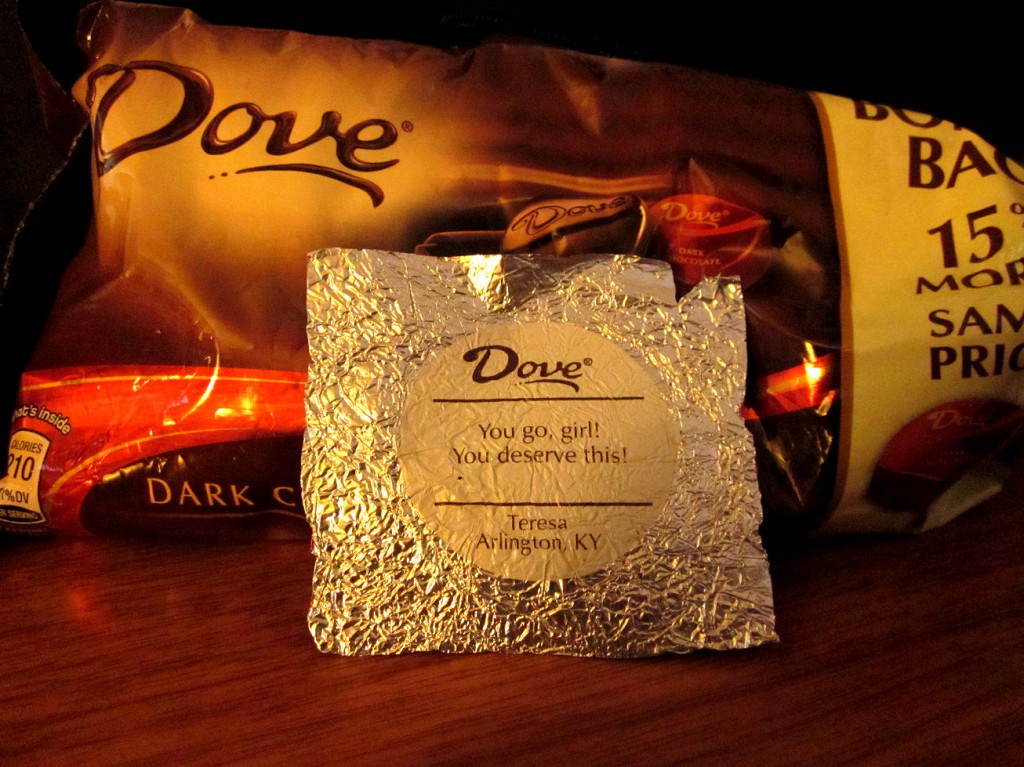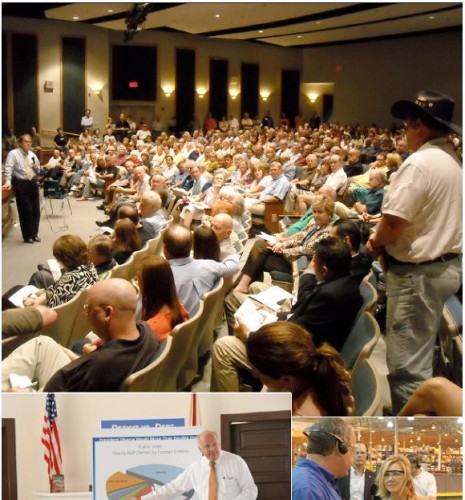We’ve documented dozens of instances in which products are coded with gender (e.g., with colors and patterns) but sometimes, as in the example of a toy cop car, it is specified that items are for girls or for boys. More than simply following gendered themes and allowing us to infer their meaning, these items offer a gendered prescription for use.
Kelly, for example, sent in a JC Penney page for a Hello Kitty sewing machine that specifies that it is for girls (it was also specified as for girls at Target):
Likewise, Coley L. bought a shorts-and-shirt swimsuit for a daughter. The green swimsuit, however, was labeled explicitly for boys:
And MP sent in a link to a downloadable foldable gift card holder that specified whether it was for him or her in the url:
Lisa Wade, PhD is an Associate Professor at Tulane University. She is the author of American Hookup, a book about college sexual culture; a textbook about gender; and a forthcoming introductory text: Terrible Magnificent Sociology. You can follow her on Twitter and Instagram.









